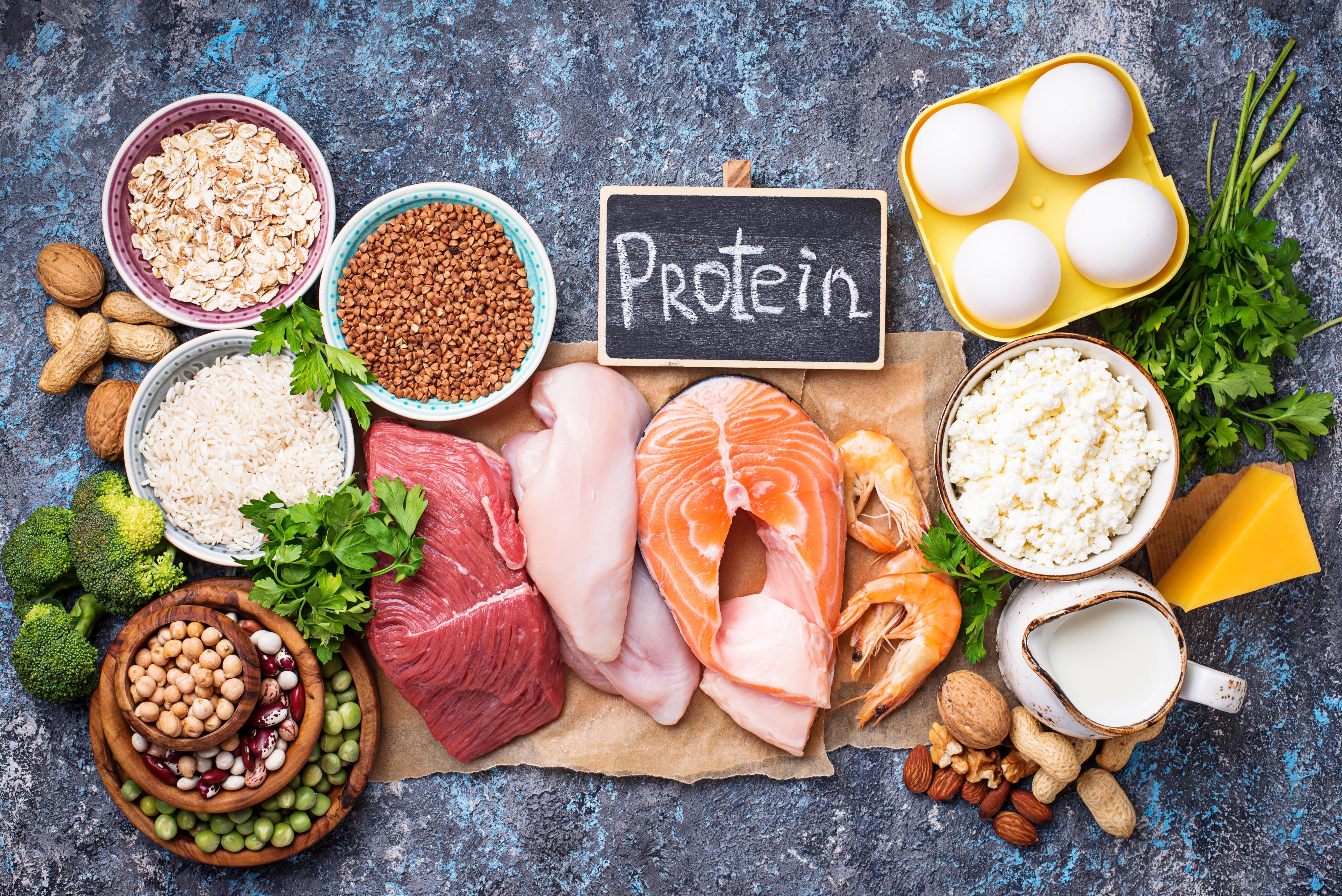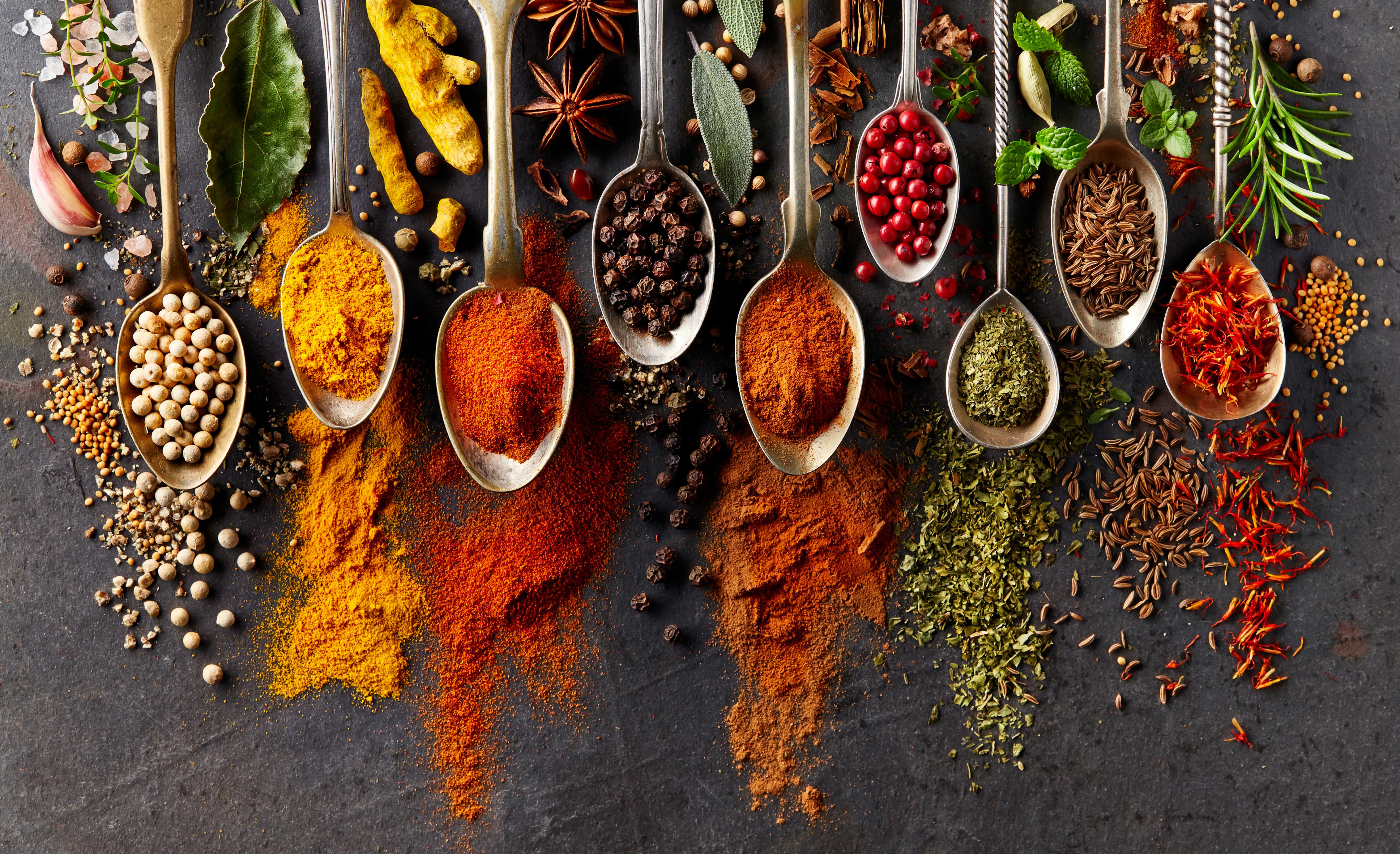10 Delicious Foods That Help You Shed Pounds Without Sacrificing Flavor
In the modern culinary landscape, the quest for a healthy lifestyle often feels at odds with the pursuit of flavorful meals. Many assume that a diet focused on weight loss must be bland or monotonous, but this couldn't be further from the truth. The journey towards shedding pounds doesn't have to be a tasteless endeavor; rather, it can be a vibrant exploration of diverse cuisines and rich flavors. This article will guide you through the top 10 weight-shedding delights that marry taste with health benefits, proving that you can savor every bite while working towards your fitness goals. Each section will delve into a unique aspect of these culinary treasures, exploring their origins, nutritional benefits, and how they can seamlessly integrate into your lifestyle. From vibrant salads to exotic spices, this guide is designed to inspire and inform, showing you that a feast of flavors can indeed meet fitness in the most delightful ways.
1. The Power of Protein – Lean Meats and Plant-Based Alternatives

Protein is a cornerstone of any weight loss regimen, as it supports muscle growth and helps curb hunger. Lean meats such as chicken and turkey provide high protein content with minimal fat, making them popular choices for those looking to shed pounds. However, protein-rich foods extend far beyond poultry. Plant-based alternatives like lentils, chickpeas, and quinoa offer equally satisfying options packed with fiber and essential nutrients. These ingredients can be transformed into a variety of dishes, from hearty stews to refreshing salads, each bursting with flavor and nourishment. Incorporating both animal and plant proteins into your diet adds variety to meals while ensuring essential nutritional needs are met. Learning how to prepare and pair these protein sources with complementary flavors can help create meals that are both satisfying and slimming.
2. The Spice of Life – Harnessing the Power of Spices for Weight Loss

Spices do more than enhance flavor—they are powerful tools for weight loss. Many, including cayenne, turmeric, and cinnamon, have been shown to boost metabolism, reduce inflammation, and regulate blood sugar levels. These properties make them invaluable for crafting meals that not only taste incredible but also support healthy weight management. The secret to maximizing their benefits lies in understanding their unique properties and how they interact with other ingredients. The heat of cayenne, for example, can elevate a simple vegetable stir-fry, while the earthy warmth of turmeric turns a basic soup into a nourishing delight. Experimenting with different spice combinations creates a symphony of flavors that keeps meals exciting while fueling the body with natural weight-loss benefits.
